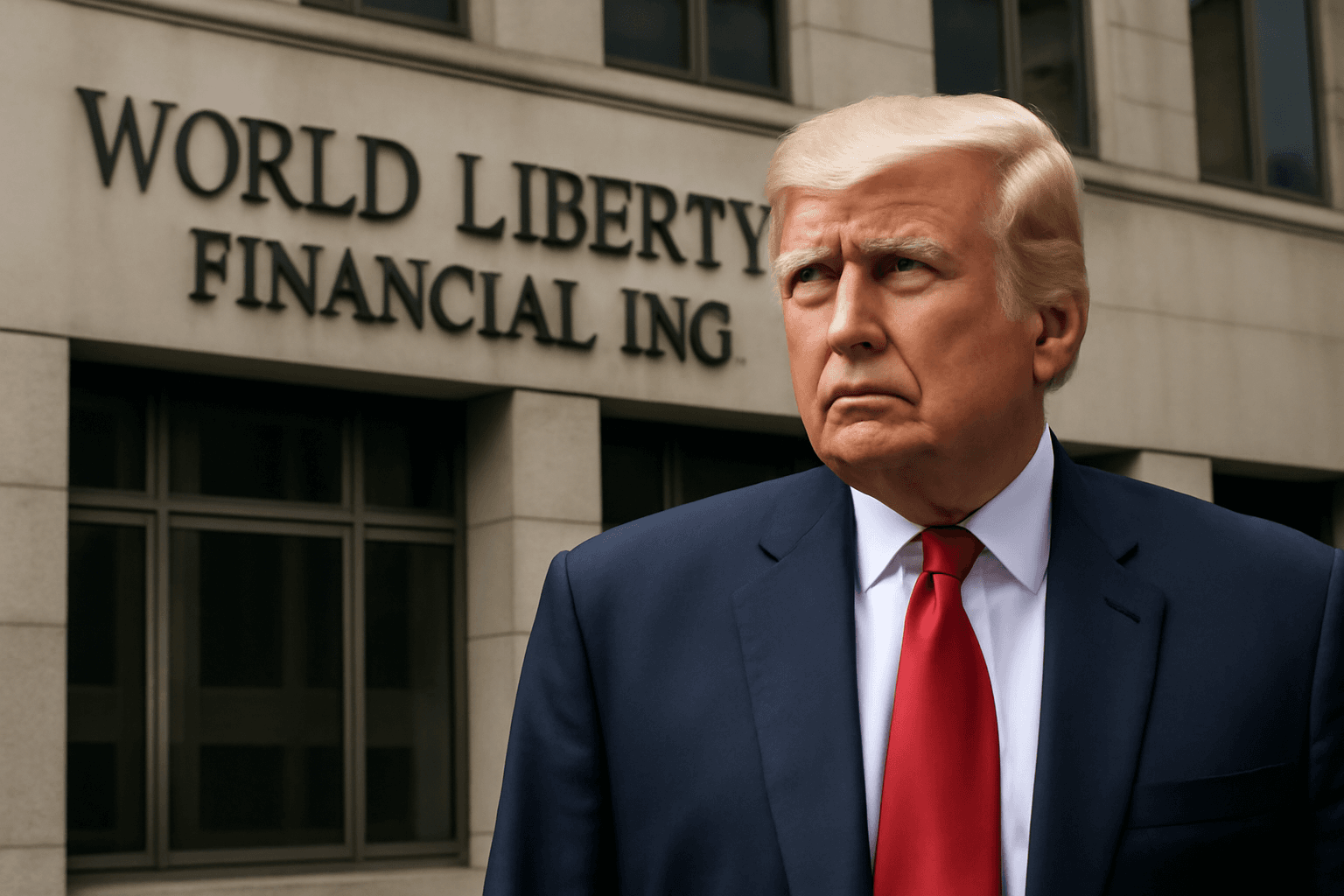Bitcoin Surpasses $120,000 Amid Optimism on U.S. Crypto Legislation
Bitcoin experienced a remarkable surge, breaking the $120,000 barrier for the first time on Monday as anticipation grew around potential U.S. legislation that might accelerate institutional adoption. The cryptocurrency hit an all-time peak of $123,153.22 before pulling back slightly, trading at around $119,833.56 as of early Friday.
This price movement came amid a rollercoaster week in Washington, D.C., where cryptocurrency-related bills initially faced rejection in the House of Representatives. A motion tied to crypto regulations was blocked on Tuesday in a 196-223 vote, though intriguing bipartisan shifts saw some lawmakers change stance later in the week. By Wednesday, the House approved debate rules for three significant crypto bills, covering the regulation of stablecoins, reforms to market structure, and prohibiting the Federal Reserve from issuing its own digital currency.
Expert Insights Highlight Bitcoin’s Growing Institutional Appeal
Market experts remain bullish on bitcoin’s trajectory, emphasizing a growing acceptance of the asset by both retail and institutional investors. Gerry O’Shea, head of global market insights at crypto fund Hashdex, observed, “Bitcoin has closed above $100,000 for two consecutive months, signaling robust interest across the board.” This sustained momentum suggests a maturation process for bitcoin, moving beyond its volatile reputation to being seen as a legitimate store of value.
Since the year began, Bitcoin has soared by over 28%, outperforming traditional safe havens and broad market indices alike. For context:
- Gold, historically the benchmark for safety, has gained about 27%.
- The S&P 500 – a broad reflection of U.S. equities – has managed a more modest 7.07% increase.
Bitcoin-focused ETFs have further spotlighted the cryptocurrency’s staying power. BlackRock’s iShares Bitcoin Trust ETF posted a return of nearly 27.7% so far this year, substantially outpacing BlackRock’s iShares Core S&P 500 ETF, which rose about 7.3%. Matt Kaufman, senior vice president at Calamos Investments, underlined bitcoin’s ascendancy in the global asset hierarchy: “Bitcoin is now the world’s seventh-largest asset and the second-biggest commodity after gold, making it impossible to ignore.” He also noted bitcoin’s low correlation with traditional assets, positioning it as an attractive tool for portfolio diversification.
What Drives Future Bitcoin Price Expectations?
Optimism among analysts like O’Shea centers on the likelihood of regulatory clarity, which historically has been a catalyst for market confidence. He projects bitcoin could reach $140,000 by year-end — a nearly 17% climb from current levels. Key factors underpinning this outlook include:
- The dollar’s recent weakening, which bolsters alternative stores of value.
- Growing concerns over the United States’ ballooning fiscal deficit stretching into the trillions.
- Market reactions to Federal Reserve leadership dynamics, especially amid political tensions surrounding Chair Jerome Powell.
Although some analysts foresee even higher ceilings, with predictions up to $160,000 or $210,000, experts suggest that a $140,000 target remains a balanced forecast.
Balancing Ambition with Risk: Smart Strategies For Bitcoin Investment
Despite the exciting upside, bitcoin’s well-documented volatility remains a key concern for investors. Matt Kaufman cautions that bitcoin’s price swings historically are 3 to 5 times greater than those of the S&P 500, with annual volatility potentially reaching about 60%, compared to roughly 13-14% for gold.
To put it plainly: while bitcoin can reward investors in leaps and bounds, it can also churn sharply in the opposite direction. Kaufman explains, “High risk begets high reward — that’s the nature of bitcoin.”
For risk-averse or traditional investors, Exchange-Traded Funds (ETFs) offer a practical middle ground. These vehicles provide regulated, risk-managed exposure to bitcoin without the hassles and security challenges of self-custody.
Calamos and Hashdex, for example, offer ETFs designed to harness bitcoin’s upside with various levels of downside protection. Calamos’ Bitcoin Structured Alt Protection ETFs target upside returns while shielding investors from losses, with returns of 1.16% for the year to date. In contrast, Hashdex’s Nasdaq-linked ETF has closely mirrored bitcoin’s robust performance with a 26.96% gain.
O’Shea recommends a gradual approach: investors might consider allocating a modest 1% to 3% of their portfolio to bitcoin, possibly increasing it to around 10% over the next several years as the market matures and confidence grows.
Broader Economic Context and The Road Ahead
The ongoing debate over cryptocurrency regulation in the U.S. is pivotal not only for bitcoin but also for the crypto ecosystem at large. Balancing innovation with consumer protection and systemic risk management remains a central policy challenge.
This evolving landscape underscores a critical set of questions for investors and policymakers alike:
- How will emerging regulations affect bitcoin’s adoption curve and price dynamics?
- What role will bitcoin play amid shifting geopolitical and monetary policies—especially regarding the U.S. dollar’s dominance?
- Can ETFs and other regulated products become the mainstream gateway for crypto investments, reducing retail investors’ exposure to sharp market swings?
As bitcoin continues to make waves across financial markets, understanding these nuances will be essential for crafting informed, resilient investment strategies.
Editor’s Note
Bitcoin’s unprecedented rally and growing institutional embrace highlight a deeper shift: digital assets are cementing their place alongside traditional commodities and equities. However, with high volatility and regulatory uncertainties still in play, a cautious, diversified investment approach remains prudent. Whether bitcoin ultimately lives up to its soaring potential will depend not just on market enthusiasm but on the unfolding policy framework and global economic tides. For investors seeking exposure, leveraging ETFs may offer a balanced path forward—capturing opportunity while tempering risk.



















